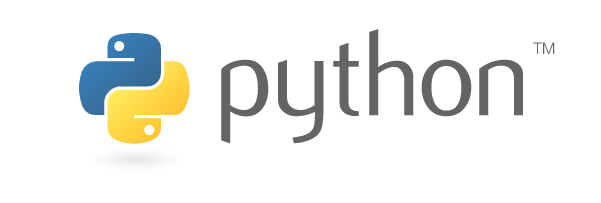Developer issues 3 reasons to don’t use Python 3.8
Python 3.8 was officially released in the last two weeks, but most developers currently use Python 3.7.x or older. In fact, switching to Python 3.8 immediately can cause some problems. Want to know when to switch to Python 3.8? Below is a brief overview of the major Python versions being switched and the issues you might encounter when switching.

1. Missing packages
The opencv-python package has had something like 50 million downloads. It’s popular!
But as I write this, on October 28, 2019, if you try to install it on Python 3.8 it doesn’t work.
Sometimes it’s just a matter of rebuilding a wheel. Sometimes some tweaking of code is needed. Whatever the issue, there is some lag between a major Python release and package availability.
2. Bugs in Python
Python 3.7.0 was released on June 27, 2018. 3.7.1 was released on Oct. 20, 2018, 4 months later, with a long list of bugfixes.
Of course, there’s always another bug fix release in the future, but given an 18-month window between major releases, lots of new code will get written but not extensively used. Which means a follow-up release with plenty of bug fixes.
3. You can’t use the syntax yet
New versions of Python often have new syntax, and that is the case with Python 3.8. However, other tools need to support the new syntax too—autoformatters, linters, and so on. Until they do, you can’t use the new syntax.
So when do you switch to using the main new Python version? At least, we need to wait until:
- All your libraries explicitly support the new Python release.
- All the tools you rely on explicitly support the new Python release.





